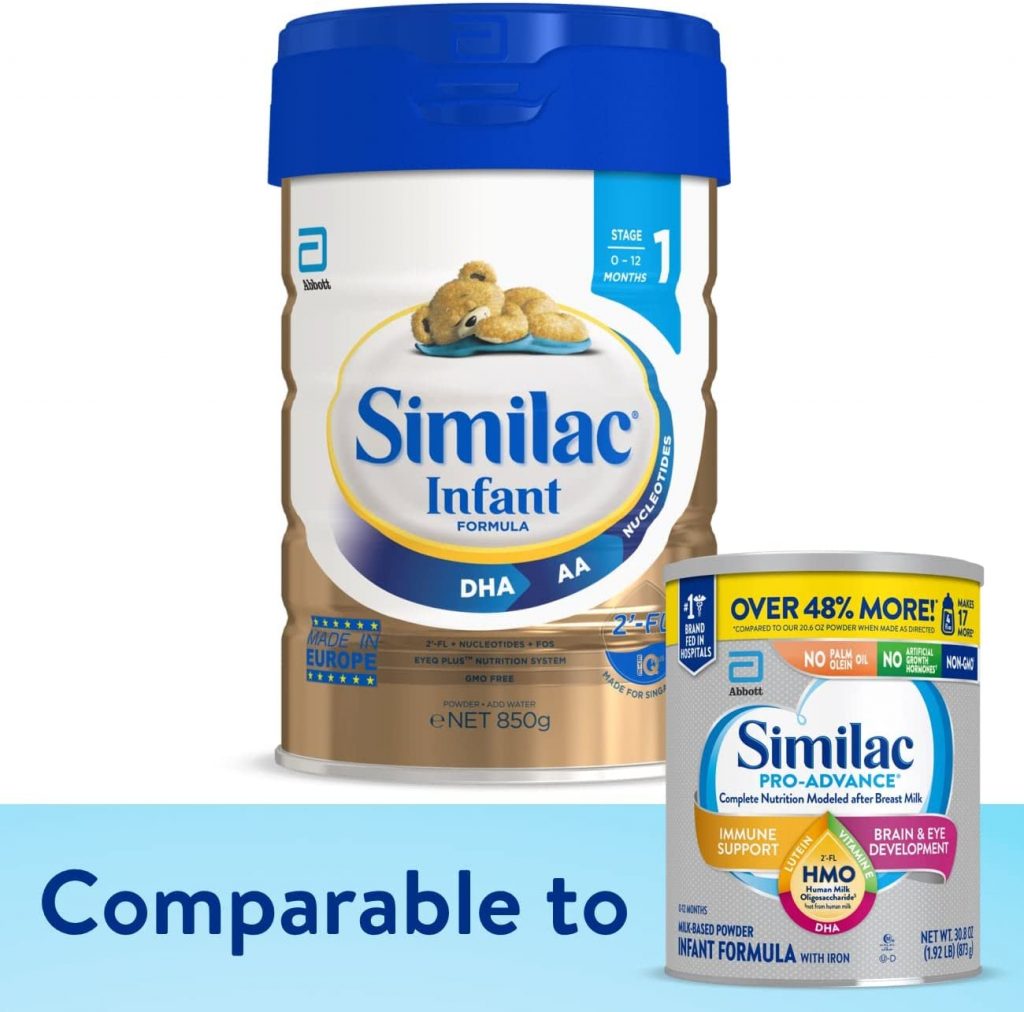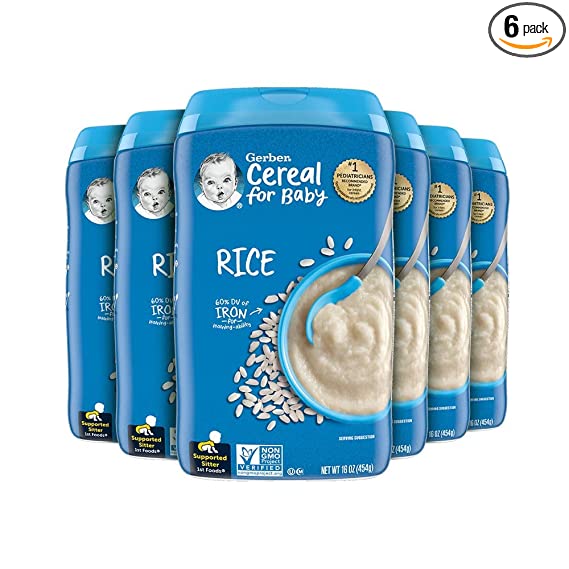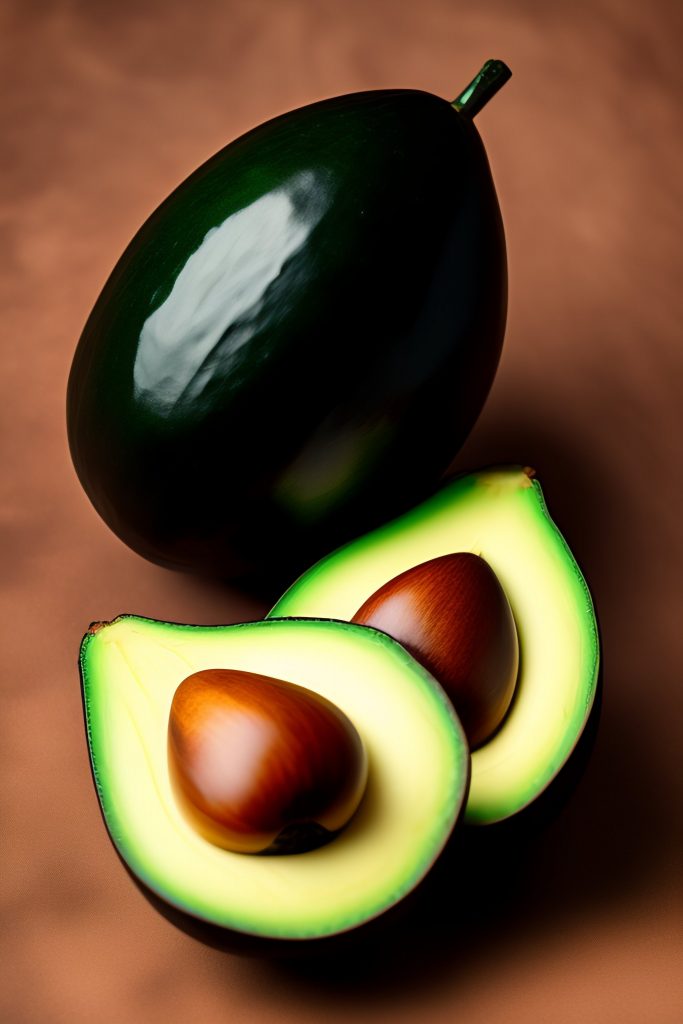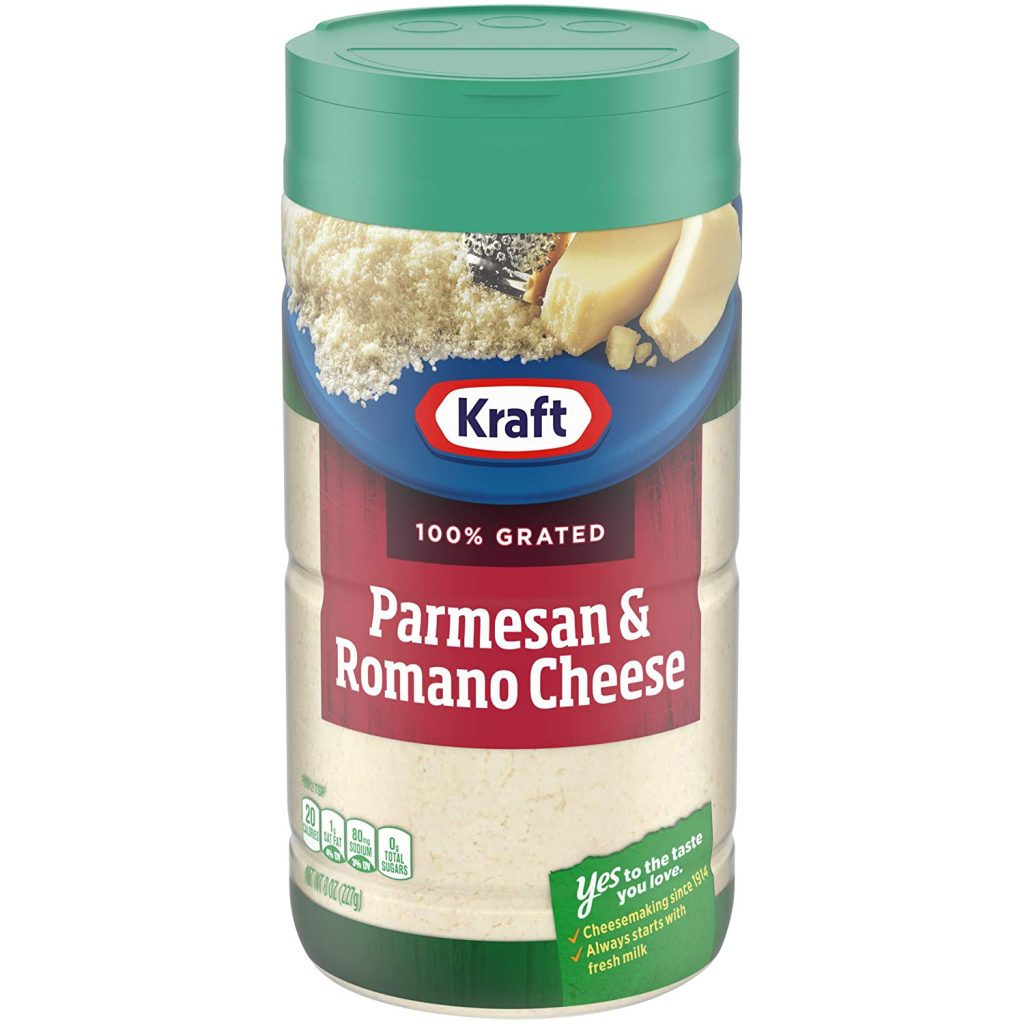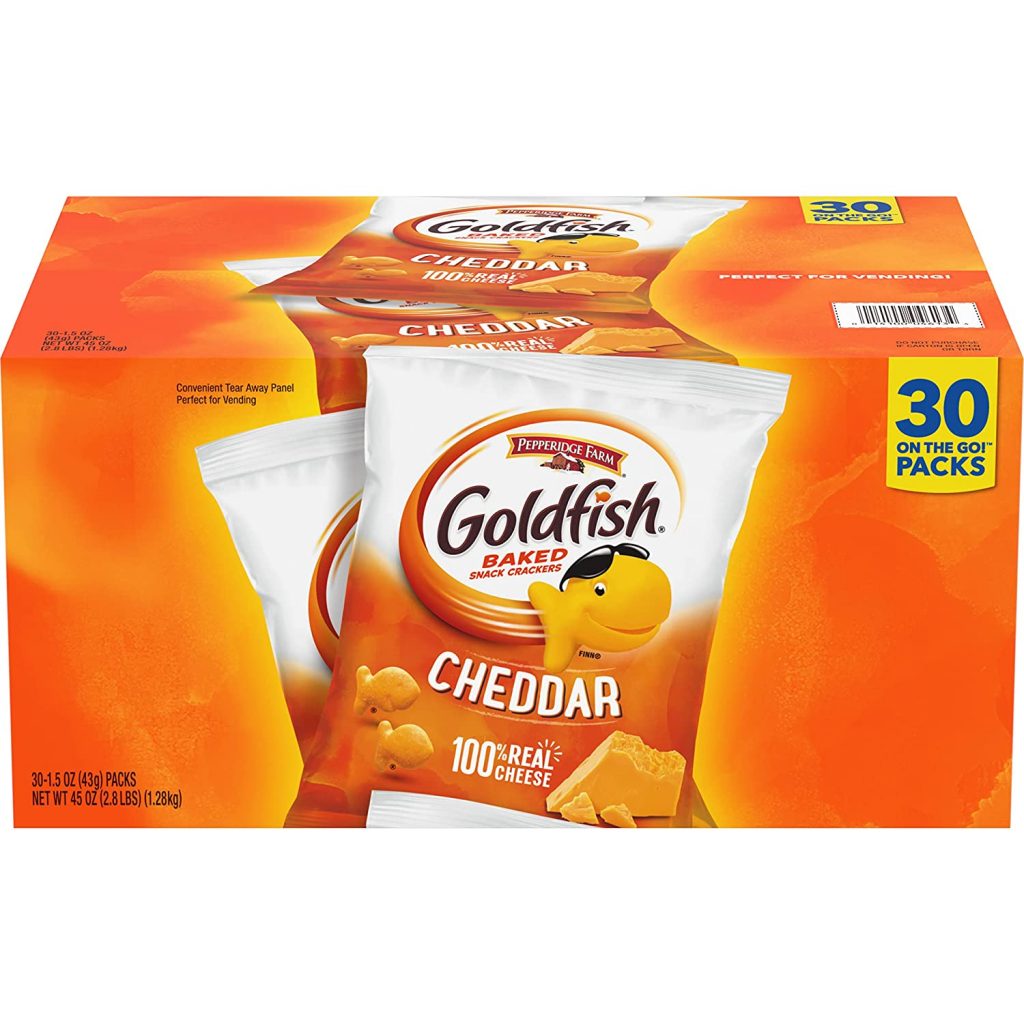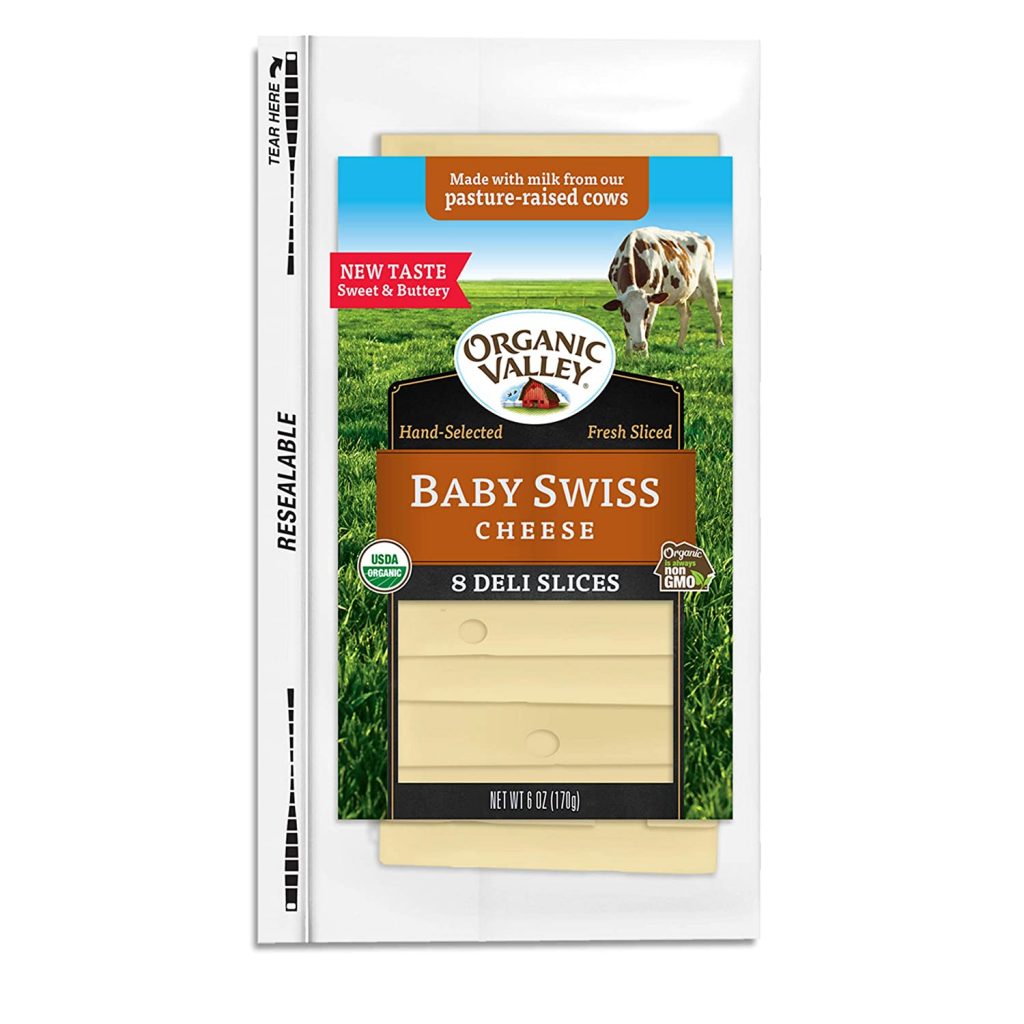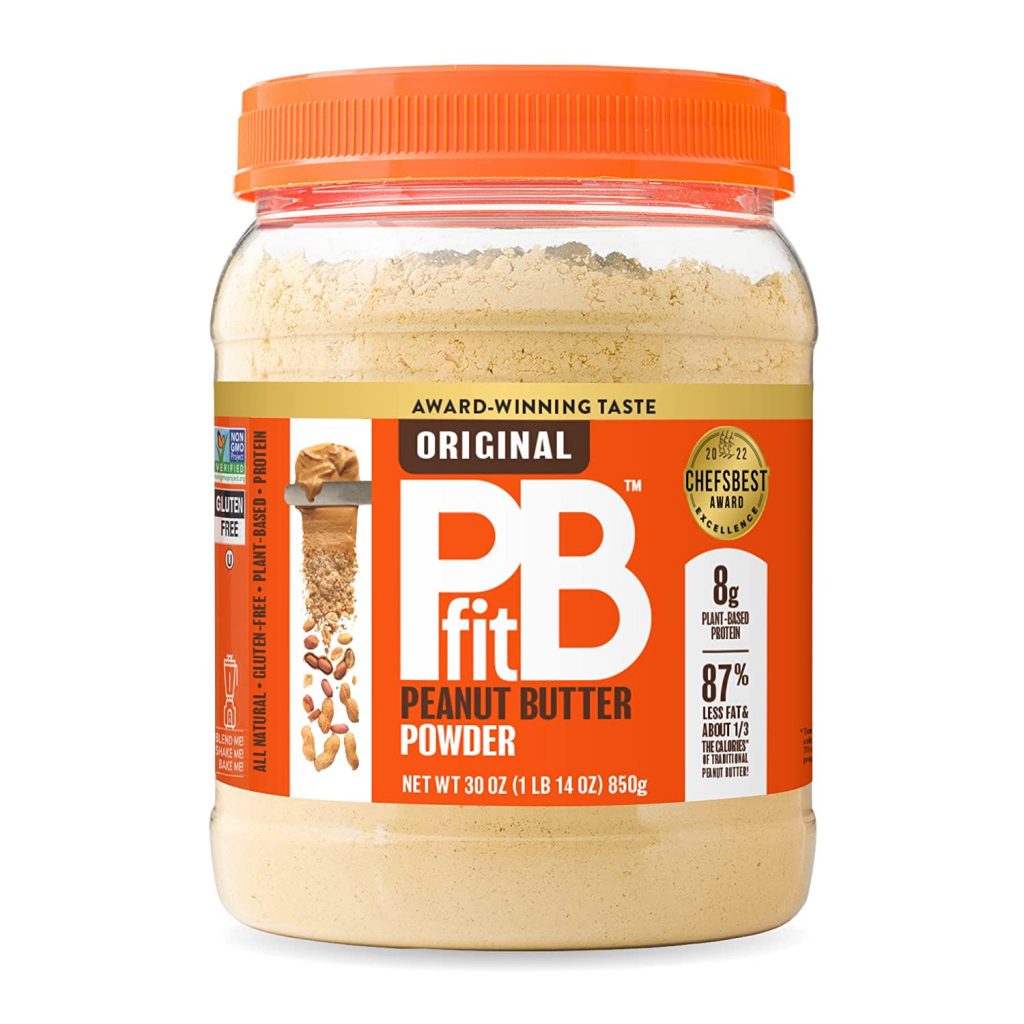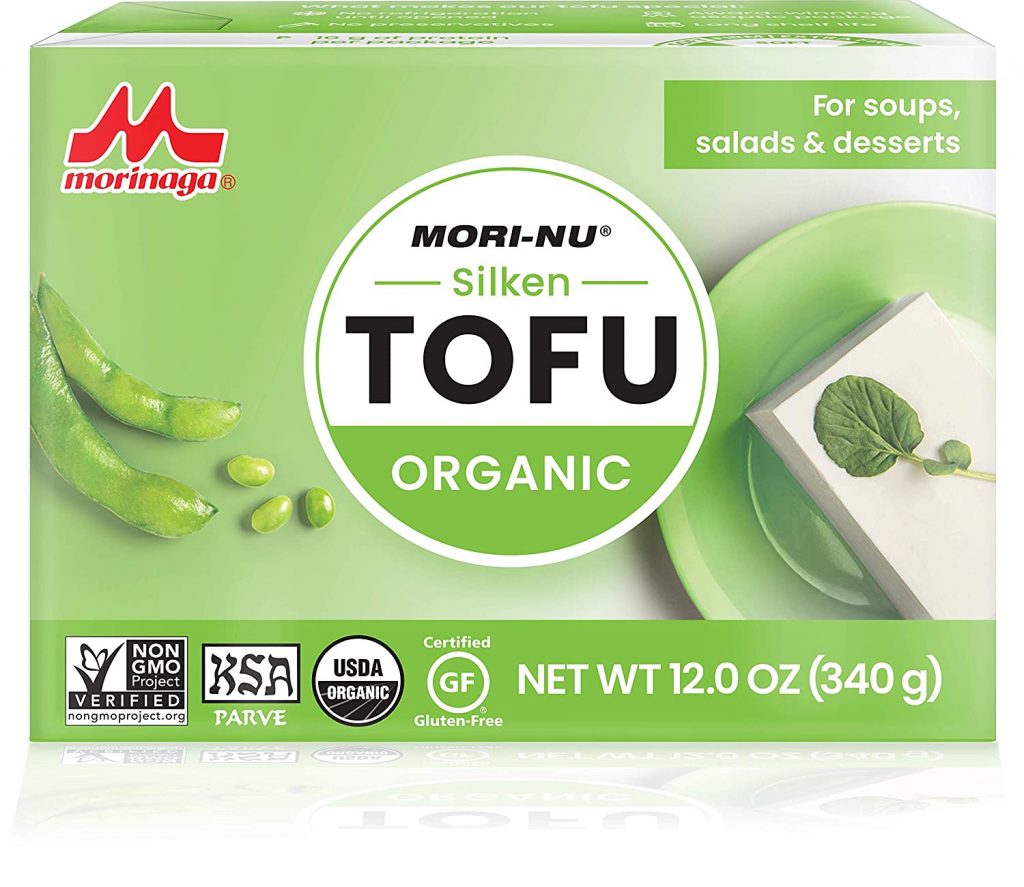
“Love is the chain whereby to bind a child to its parents.”
Nutritious food is crucial for the growth and development of infants and toddlers as it provides the necessary nutrients needed for their bodies to function properly.
During the first few years of life, infants and toddlers are undergoing rapid growth and development, and their nutritional needs are high. Adequate nutrition during this time can help ensure that they grow up healthy and strong, with a strong immune system, healthy bones, and a healthy brain.
Infants and toddlers require a variety of nutrients, including protein, carbohydrates, fats, vitamins, and minerals. These nutrients are necessary for their bodies to develop properly, and to support the growth of new tissues and organs.
Proper nutrition during infancy and toddlerhood can also help reduce the risk of developing certain health conditions later in life, such as obesity, diabetes, and heart disease.
It is important to introduce a variety of nutrient-dense foods early on in a child’s life to establish healthy eating habits that can last a lifetime. Parents and caregivers should offer a balanced diet that includes a variety of fruits, vegetables, whole grains, lean proteins, and healthy fats. It is also important to limit the intake of processed foods, sugary drinks, and foods high in saturated and trans fats.
Overall, providing infants and toddlers with nutritious food is essential for their growth and development, and can set the stage for a lifetime of good health.
Here are 15 nutritious foods that are great for infants and toddlers:
- Breast milk or formula (for infants)
Similac Infant Formula, with 5 HMO Prebiotics, Non-GMO
Breast milk or formula is the recommended source of nutrition for infants up to six months of age. Breast milk provides all the nutrients and immune factors that a baby needs for optimal growth and development. It is also easily digested, and its composition changes over time to meet the evolving nutritional needs of the growing infant.
Formula is an alternative to breast milk for infants who cannot or choose not to breastfeed. Infant formula is made to mimic the nutritional composition of breast milk as closely as possible. It typically contains a mix of proteins, carbohydrates, fats, vitamins, and minerals that are essential for an infant’s growth and development.
Both breast milk and formula provide a balanced blend of nutrients that are essential for infant growth and development, including protein, carbohydrates, fats, vitamins, and minerals. Breast milk also contains antibodies and other immune factors that help protect infants against infections and diseases.
When introducing solid foods, breast milk or formula should continue to be the primary source of nutrition for infants up to 12 months of age. It is important to consult with a healthcare provider to determine when and how to introduce solid foods, and to ensure that your child is getting the appropriate nutrients for their age and developmental stage.
2. Soft-cooked fruits and vegetables, such as sweet potatoes, carrots, and bananas
Soft-cooked fruits and vegetables are a great source of vitamins, minerals, fiber, and other important nutrients for infants and toddlers. When introducing solid foods, it is important to start with simple, easy-to-digest foods that are low in potential allergens.
Some examples of soft-cooked fruits and vegetables that are appropriate for infants and toddlers include sweet potatoes, carrots, and bananas. These foods can be steamed, boiled, or baked until they are soft and easily mashed with a fork or spoon.
Sweet potatoes are a good source of vitamins A and C, potassium, and fiber. They have a naturally sweet flavor and a soft texture that makes them appealing to infants and toddlers.
Carrots are a great source of beta-carotene, which the body converts to vitamin A. They are also high in fiber and have a slightly sweet taste that many children enjoy.
Bananas are a good source of potassium, vitamin C, and fiber. They are easy to digest and have a soft texture that is perfect for infants and toddlers who are just starting to eat solid foods.
It is important to introduce new foods one at a time, and to watch for any signs of allergic reactions or digestive issues. Infants and toddlers should also be supervised while eating to prevent choking hazards. Consult with a healthcare provider or a registered dietitian for guidance on introducing solid foods and planning a balanced diet for your child.
3. Iron-fortified infant cereals, such as rice or oatmeal cereal
Iron-fortified infant cereals, such as rice or oatmeal cereal, are a common first food for infants. They are a good source of iron, which is important for the development of healthy blood cells and brain function.
Iron is a mineral that is essential for growth and development, especially during the first year of life. Infants are born with a store of iron that they receive from their mother during pregnancy, but this store gradually depletes during the first six months of life. Iron-fortified cereals can help replenish this store and prevent iron-deficiency anemia, which can lead to developmental delays.
Rice and oatmeal cereals are easy to digest and can be mixed with breast milk or formula to create a smooth, easy-to-swallow consistency. They are also a good source of other nutrients, such as B vitamins, which are important for the development of the nervous system.
When introducing cereals, it is important to choose iron-fortified options and to follow the manufacturer’s instructions for preparation. Cereals should be introduced gradually, starting with a small amount once a day and increasing as the infant’s appetite and tolerance allows.
It is important to note that cereals should not be the only source of nutrition for infants, and should be combined with other nutritious foods as part of a balanced diet. Consult with a healthcare provider or a registered dietitian for guidance on introducing solid foods and planning a balanced diet for your child.
4. Avocado
Avocado is a nutrient-dense food that can be a great addition to an infant or toddler’s diet. It is rich in healthy fats, fiber, vitamins, and minerals, making it a great option for supporting growth and development.
One of the main benefits of avocado is its high content of monounsaturated and polyunsaturated fats. These healthy fats are important for the development of the brain and nervous system, and for maintaining healthy skin, hair, and nails. They also help the body absorb fat-soluble vitamins, such as vitamins A, D, E, and K.
Avocado is also a good source of fiber, which can promote digestive health and help regulate bowel movements. It contains several important vitamins and minerals, including vitamin C, vitamin K, potassium, and folate. Vitamin C is important for immune system function, while vitamin K is essential for blood clotting. Potassium is important for regulating blood pressure and supporting heart health, while folate is important for healthy cell growth and development.
When introducing avocado to infants or toddlers, it is important to choose ripe, soft avocados and to prepare them in a way that is appropriate for their age and developmental stage. Avocado can be mashed, pureed, or cut into small pieces that are easy to chew and swallow. It can be served on its own or mixed with other foods, such as yogurt or pureed fruits.
It is important to remember that avocado should not be the only source of nutrition for infants or toddlers, and should be combined with other nutritious foods as part of a balanced diet. Consult with a healthcare provider or a registered dietitian for guidance on introducing solid foods and planning a balanced diet for your child.
5. Soft, cooked eggs
Soft, cooked eggs are a nutritious food that can be introduced to infants and toddlers as they begin to eat solid foods. Eggs are a good source of protein, which is important for building and repairing tissues in the body, as well as supporting growth and development.
Eggs are also rich in essential vitamins and minerals, such as vitamin D, vitamin B12, and iron. Vitamin D is important for bone health and immune system function, while vitamin B12 is essential for healthy nerve and blood cell function. Iron is important for healthy blood cells and brain development.
When introducing eggs to infants and toddlers, it is important to cook them until the whites and yolks are firm to reduce the risk of foodborne illness. Soft-boiled, poached, or scrambled eggs are good options for infants and toddlers, as they are easy to digest and can be mashed or cut into small pieces that are easy to chew and swallow.
It is important to note that egg whites should be introduced after the age of 12 months, as they contain a protein that can be difficult for infants and toddlers to digest. The yolk, however, can be introduced as early as 6 months, as it is a good source of essential nutrients.
It is also important to consult with a healthcare provider or a registered dietitian before introducing eggs or any other new foods to your child’s diet, especially if your child has a history of food allergies or intolerances.
6. Ground or finely chopped meat or poultry, such as chicken or turkey
Ground or finely chopped meat or poultry, such as chicken or turkey, is a nutritious food that can be introduced to infants and toddlers as they begin to eat solid foods. Meat and poultry are excellent sources of protein, which is important for building and repairing tissues in the body, as well as supporting growth and development.
Meat and poultry are also rich in essential vitamins and minerals, such as iron, zinc, and vitamin B12. Iron is important for healthy blood cells and brain development, while zinc is important for immune system function and growth. Vitamin B12 is essential for healthy nerve and blood cell function.
When introducing meat or poultry to infants and toddlers, it is important to cook it thoroughly to reduce the risk of foodborne illness. Ground or finely chopped meat or poultry can be cooked until it is well-done and then mashed or cut into small pieces that are easy to chew and swallow.
It is also important to choose lean cuts of meat or poultry and to remove any visible fat before cooking to reduce the risk of choking. Dark meat and skin should also be avoided, as they can be difficult for infants and toddlers to digest.
It is important to consult with a healthcare provider or a registered dietitian before introducing meat or poultry or any other new foods to your child’s diet, especially if your child has a history of food allergies or intolerances.
7. Whole-milk plain yogurt or cottage cheese (after 6 months)
Whole-milk plain yogurt or cottage cheese can be a nutritious food for infants and toddlers, but it is generally recommended to introduce them after 6 months of age. These foods are good sources of protein, calcium, and other essential nutrients.
Yogurt and cottage cheese are also good sources of probiotics, which are beneficial bacteria that can help support digestive health and boost the immune system. However, it is important to choose plain varieties that do not contain added sugars, artificial flavors, or other additives that can be harmful to your child’s health.
When introducing yogurt or cottage cheese to infants and toddlers, it is important to start with small amounts and watch for any signs of allergic reactions or digestive upset. Some children may be allergic to dairy or may have difficulty digesting it, so it is important to consult with a healthcare provider or a registered dietitian before introducing these foods to your child’s diet.
If your child has a dairy allergy or intolerance, there are non-dairy alternatives available that can provide similar nutritional benefits, such as fortified soy, almond, or coconut milk-based yogurts and cheeses.
It is also important to note that while whole milk products can be beneficial for infants and toddlers, they should be consumed in moderation as part of a balanced diet. Too much dairy can displace other important foods in your child’s diet and can contribute to excessive calorie intake, which can lead to overweight and obesity.

8 .Soft, cooked legumes, such as lentils or chickpeas
Soft, cooked legumes, such as lentils or chickpeas, can be a nutritious food for infants and toddlers as they begin to eat solid foods. Legumes are excellent sources of plant-based protein, fiber, and other important nutrients, such as iron and folate.
Iron is important for healthy blood cells and brain development, while folate is important for cell growth and development. Legumes are also low in fat and a good source of complex carbohydrates, which provide sustained energy to help support growth and development.
When introducing legumes to infants and toddlers, it is important to cook them until they are soft and easy to chew, as hard legumes can be difficult for young children to digest. You can also puree legumes to make them smoother and easier to swallow.
It is also important to start with small amounts and watch for any signs of allergic reactions or digestive upset. Some children may be allergic to legumes or may have difficulty digesting them, so it is important to consult with a healthcare provider or a registered dietitian before introducing these foods to your child’s diet.
To add variety to your child’s diet, you can try different types of legumes, such as black beans, kidney beans, or navy beans. You can also combine legumes with other nutritious foods, such as vegetables, whole grains, or lean meats, to make a well-rounded meal.
9. Whole-grain bread or crackers
Whole-grain bread or crackers can be a nutritious food option for infants and toddlers as they begin to eat solid foods. Whole-grain products are a good source of complex carbohydrates, fiber, and important nutrients such as B vitamins, iron, and zinc.
When selecting bread or crackers for your child, look for products that are made from whole grains, such as whole wheat, whole oats, or whole rye. These products have more fiber and nutrients than refined grains, which have had the outer layer (bran) and inner germ removed during processing.
It is important to choose bread or crackers that are low in added sugars and sodium. Check the ingredient list to make sure that sugar or salt is not listed near the top, as this indicates a higher amount of these ingredients.
When introducing bread or crackers to infants and toddlers, it is important to start with small amounts and watch for any signs of allergic reactions or digestive upset. Some children may have difficulty digesting wheat or other grains, so it is important to consult with a healthcare provider or a registered dietitian if you have any concerns.
To add variety to your child’s diet, you can try different types of whole-grain bread or crackers, such as multigrain, rye, or sourdough. You can also top bread or crackers with nutritious spreads, such as nut butters, hummus, or avocado, to add flavor and nutrients.
10. Cheese (after 6 months)
Cheese can be a nutritious food for infants and toddlers as they begin to eat solid foods. Cheese is a good source of calcium, protein, and other important nutrients such as vitamin A and zinc.
When introducing cheese to infants and toddlers, it is important to start with small amounts and choose varieties that are lower in sodium and fat. Look for soft or shredded cheeses that are easier for young children to chew and swallow, such as mozzarella, ricotta, or cottage cheese.
It is also important to choose cheese that is made from pasteurized milk to reduce the risk of foodborne illness. Soft, unpasteurized cheeses such as brie or camembert should be avoided as they carry a risk of listeria, a type of bacteria that can cause serious illness.
Cheese can be a versatile food and can be used in a variety of ways to add flavor and nutrition to meals. You can offer cheese as a snack, mix it into eggs or other dishes, or melt it on top of vegetables or whole-grain bread.
While cheese can be a healthy addition to a child’s diet, it is important to keep in mind that it should not be the only source of dairy in their diet. Infants and toddlers need a variety of foods to meet their nutrient needs, so it is important to offer a variety of dairy products such as milk, yogurt, and cheese, as well as other nutrient-dense foods such as fruits, vegetables, and whole grains.
11. Nut butters, such as peanut or almond butter (after 6 months, if no history of allergies)
Nut butters, such as peanut or almond butter, can be a nutritious food for infants and toddlers as they begin to eat solid foods. Nut butters are a good source of protein, healthy fats, and other important nutrients such as vitamin E, magnesium, and fiber.
It is important to wait until after 6 months of age before introducing nut butters to infants, and only if there is no history of allergies in the family. This is because infants have a higher risk of developing food allergies, and nuts are one of the most common food allergens.
When introducing nut butters, it is important to start with a small amount and watch for any signs of an allergic reaction, such as hives, vomiting, or difficulty breathing. If there is a history of allergies in the family or if there are concerns about the child’s ability to tolerate nuts, it is important to consult with a pediatrician before introducing nut butters.
To reduce the risk of choking, nut butters should be spread thinly on whole-grain bread or crackers, mixed into oatmeal or yogurt, or blended into smoothies. It is important to choose nut butters that are unsalted and do not contain added sugars or other additives.
It is also important to keep in mind that nut butters are high in calories, so it is important to offer them in moderation as part of a balanced diet. Infants and toddlers need a variety of foods to meet their nutrient needs, so it is important to offer a variety of protein sources such as meat, poultry, fish, and legumes, as well as other nutrient-dense foods such as fruits, vegetables, and whole grains.
12. Tofu
Tofu can be a nutritious food for infants and toddlers as they begin to eat solid foods. Tofu is made from soybeans and is a good source of protein, calcium, and iron. It is also low in saturated fat and contains no cholesterol.
When introducing tofu to infants and toddlers, it is important to choose soft or silken tofu, which is easier to digest and less likely to cause choking. Tofu can be cooked in a variety of ways, such as steaming or baking, and can be mashed or pureed to make it easier for infants to eat.
Tofu can be mixed with other nutrient-dense foods, such as pureed vegetables or fruit, to create a well-balanced meal for infants and toddlers. It can also be added to stir-fries, soups, or salads for older children.
It is important to note that tofu is a common allergen, so it is important to watch for signs of an allergic reaction when introducing it to infants and toddlers. Signs of an allergic reaction can include hives, vomiting, or difficulty breathing. If there is a history of allergies in the family or if there are concerns about the child’s ability to tolerate soy products, it is important to consult with a pediatrician before introducing tofu.
As with all foods, it is important to offer tofu in moderation as part of a balanced diet. Infants and toddlers need a variety of foods to meet their nutrient needs, so it is important to offer a variety of protein sources such as meat, poultry, fish, legumes, and tofu, as well as other nutrient-dense foods such as fruits, vegetables, and whole grains.
13. Blueberries or other soft, ripe fruits
Blueberries and other soft, ripe fruits can be a nutritious addition to an infant or toddler’s diet. Blueberries are rich in antioxidants, vitamin C, fiber, and other important nutrients. They also have a soft texture that is easy for infants and toddlers to chew and swallow.
When introducing blueberries or other soft, ripe fruits to infants and toddlers, it is important to choose ripe fruits that are soft and easy to mash. Fruits such as bananas, peaches, and pears are also good options. To prepare the fruit, it can be mashed with a fork or pureed in a blender or food processor. For older toddlers who are able to chew, small pieces of fruit can be offered.
Blueberries and other soft, ripe fruits can be served on their own or mixed with other foods such as infant cereal, yogurt, or cottage cheese. They can also be used to make purees or homemade fruit sauces. It is important to avoid offering fruit juice to infants younger than 6 months, as it can cause diarrhea and other gastrointestinal issues.
As with all foods, it is important to offer fruits in moderation as part of a balanced diet. Infants and toddlers need a variety of foods to meet their nutrient needs, so it is important to offer a variety of fruits, vegetables, protein sources, and whole grains. Parents should also pay attention to signs of food allergies and talk to their pediatrician if they have any concerns about their child’s diet.
14. Steamed or roasted broccoli or cauliflower
Steamed or roasted broccoli or cauliflower can be a nutritious addition to an infant or toddler’s diet. These vegetables are rich in vitamins and minerals, including vitamin C, folate, and fiber, which are important for a child’s growth and development. They also have a texture that is easy for infants and toddlers to chew and swallow.
When introducing steamed or roasted broccoli or cauliflower to infants and toddlers, it is important to choose fresh, high-quality vegetables. The vegetables should be washed thoroughly and cut into small, bite-sized pieces that are easy for a child to manage. Steaming or roasting the vegetables can help to preserve their nutritional content and make them more palatable for young children.
Steamed or roasted broccoli or cauliflower can be served on their own or mixed with other foods such as rice or pasta. For older toddlers who are able to chew, small pieces of vegetables can be offered as finger foods. It is important to avoid serving vegetables that are hard or difficult to chew, such as raw carrots or celery.
As with all foods, it is important to offer vegetables in moderation as part of a balanced diet. Infants and toddlers need a variety of foods to meet their nutrient needs, so it is important to offer a variety of fruits, vegetables, protein sources, and whole grains. Parents should also pay attention to signs of food allergies and talk to their pediatrician if they have any concerns about their child’s diet.
15. Small pieces of cooked fish, such as salmon or cod (after 6 months)
Small pieces of cooked fish, such as salmon or cod, can be a nutritious addition to an infant or toddler’s diet after 6 months of age. Fish is an excellent source of protein, healthy fats, and a variety of vitamins and minerals, including vitamin D and omega-3 fatty acids. These nutrients are important for a child’s growth and development, especially for their brain, eyes, and immune system.
When introducing fish to infants and toddlers, it is important to choose low-mercury fish such as salmon or cod. The fish should be cooked thoroughly and cut into small, bite-sized pieces that are easy for a child to manage. It is also important to remove any bones or skin from the fish before serving.
Fish can be served on its own or mixed with other foods such as rice or vegetables. For older toddlers who are able to chew, small pieces of fish can be offered as finger foods. It is important to avoid serving fish that is deep-fried or high in sodium, as these can be unhealthy for young children.
As with all foods, it is important to offer fish in moderation as part of a balanced diet. Infants and toddlers need a variety of foods to meet their nutrient needs, so it is important to offer a variety of fruits, vegetables, protein sources, and whole grains. Parents should also pay attention to signs of food allergies and talk to their pediatrician if they have any concerns about their child’s diet.
In conclusion,It is important to introduce new food one at a time, and to monitor your child for any signs of allergies or intolerance. Additionally, it is recommended to consult with a pediatrician or a registered dietitian for guidance on introducing solids and planning a balanced diet for your child.
Feeding nutritious foods to infants and toddlers is not only important for their growth and development, but it can also help set the foundation for healthy eating habits later in life.
So don’t be afraid to get creative in the kitchen and whip up some avocado puree, tofu bites, or even a broccoli forest. After all, there’s nothing like a happy, healthy baby to make mealtime a little more enjoyable (and a lot less messy)!

